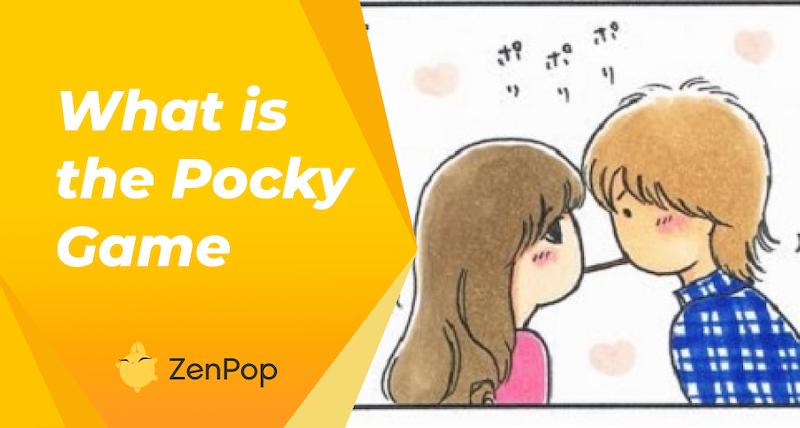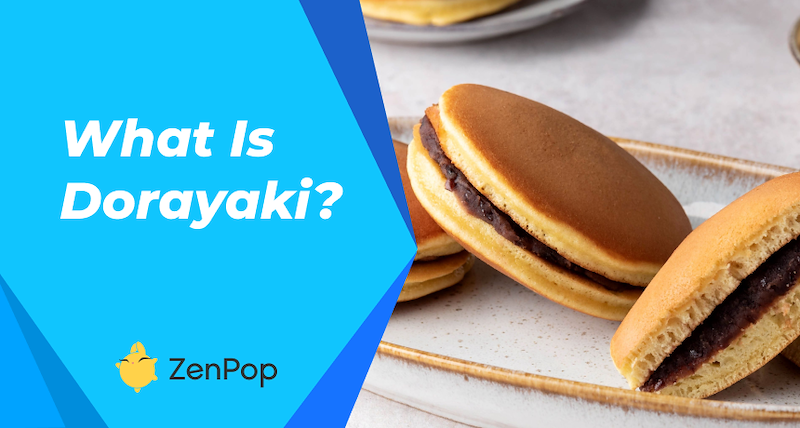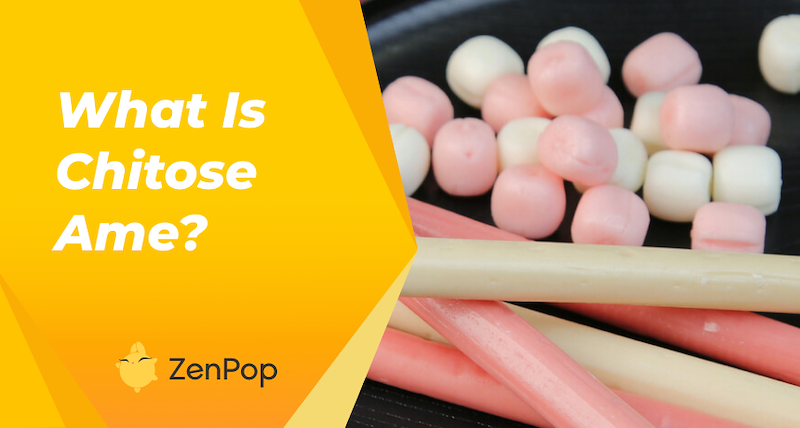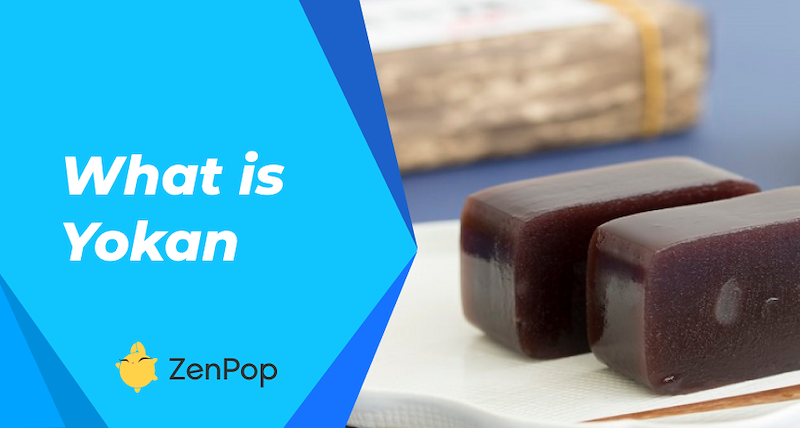
What Is Yokan, Japanese Jelly?
Japan is widely known for some of the most mouth-watering traditional snacks/sweets, known as wagashi. Some of these snacks have made it to western cafés but Japan has a lot more on its list of confectionaires. Yokan (羊羹) — a Japanese block-shaped dessert with a jelly texture, is a sophisticated dessert for any time of the day. It is just not tasty, it has a lot of variations to fill each one of your taste buds.
Today, we're telling you all you need to know about Yokan. Hint — you may even learn to make it at home. So, keep reading for all the yummy details.
What Is the Origin of Yokan?
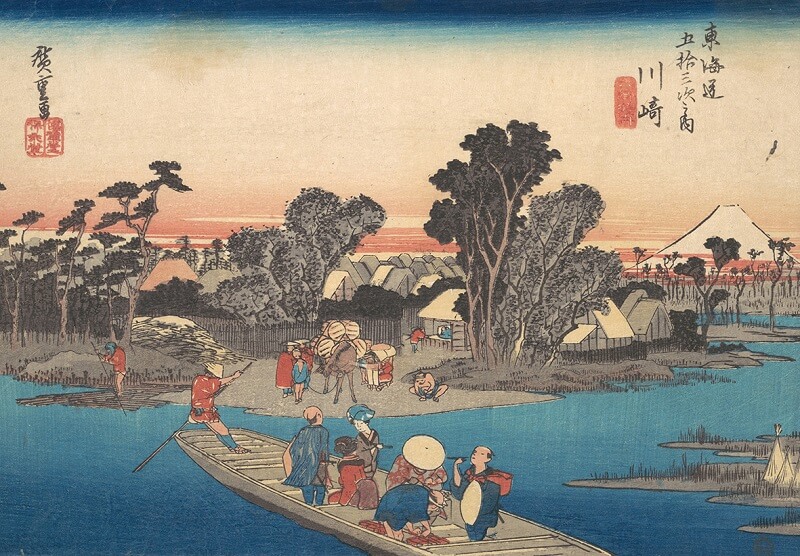
Yokan is originally a Chinese confectionery, but its ingredients are different from the Yokan of today. While it was made with animal gelatin in China, the monks who introduced it to Japan changed the mixture to azuki bean paste and wheat flour because they were vegetarians. Yokan is an old Japanese wagashi snack. In fact, agar was only added as an ingredient in 1658 and that's pretty far back. Later on, sugar was thrown in as well so the version of Yokan we know now was modified a few times.
How About Today's Yokan?
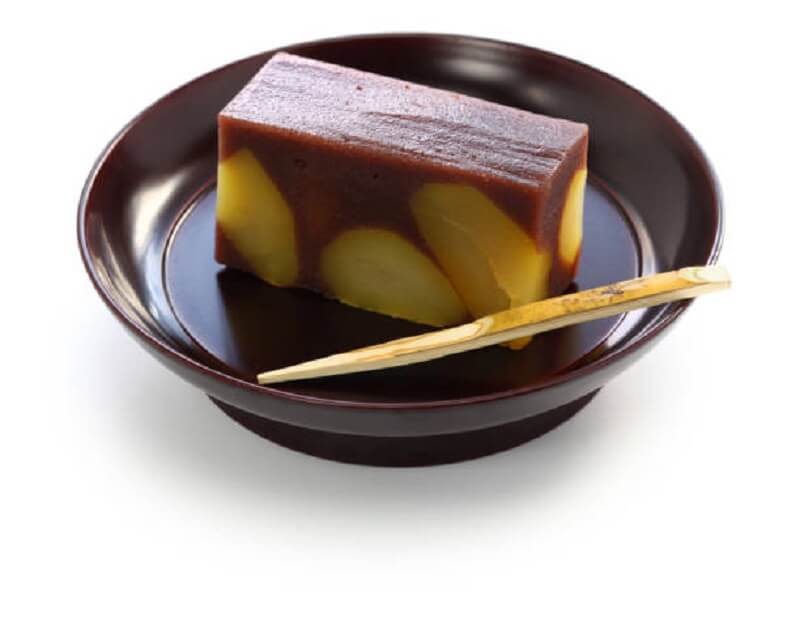
Yokan has maintained the rectangular block look, and it is commonly consumed with green tea in Japan as in the old times. As you can probably guess, it has a strong sweet taste, but it's the jelly texture that makes it stand out.
Unlike Western jelly with its various fun jelly colors, traditional Yokan made with azuki beans has a dark brown color. Nowadays, Yokan can have versions with unique colors served in tea houses. This is done by substituting red bean paste (Anko) with white kidney bean paste (shiroan Yokan), it is then usually colored with green tea or other flavors. Don't worry, it is still vegan-friendly and taste delectable. Shiro-an Yokan is milkier than anko Yokan so you may want to try it out too. The difference in taste is subtle and the texture is similar to traditional Yokan so you won't miss a lot.
Colors aren't the only way wagashi makers modify Yokan to bring out even more flavors. Some are served with fruits, nuts and various toppings. Moreover, Chestnut (Kuri) Yokan is popular in some areas in Japan. Steamed chestnuts will be mixed with the red bean paste and served inside the Yokan block.
What Are the Types of Yokan?
Like many other delightful snacks, there isn't just one type of Yokan. This traditional Japanese wagashi can be made in about 3 ways. Keep scrolling to learn more.
Neri Yokan
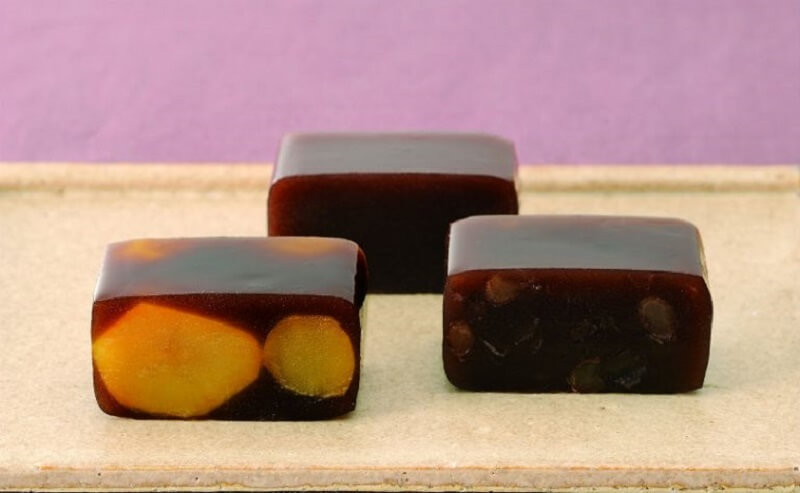
This is the most popular type of Yokan in Japan. If you asked for Yokan without specifying, you'll probably be served Neri Yokan. Neri (練) means paste and it's made using a lot more agar powder so it is super firm and pasty. Neri Yokan also has a heavy texture but it still tastes delicious.
Mizu Yokan
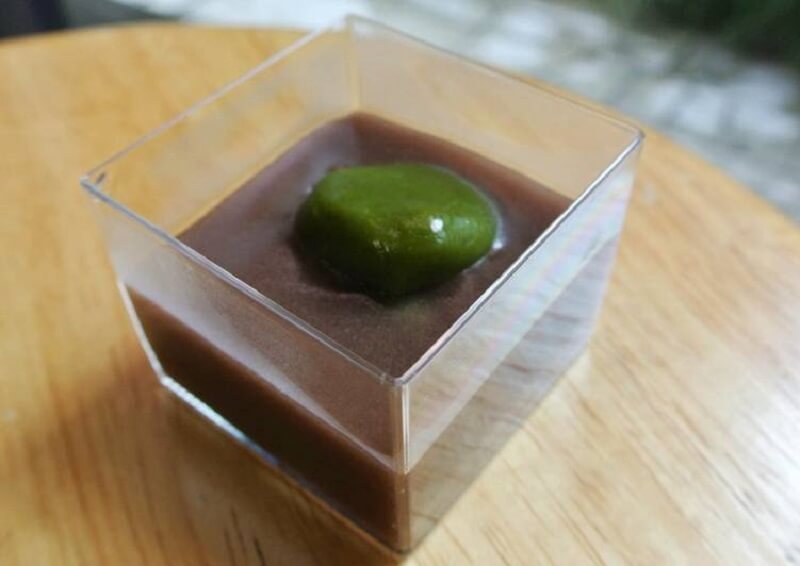
Mizu (水) means water in Japanese. A lot more water and less agar are added to this type of Yokan, plus, it can be served chilled. It's not surprising that it's popular during hot summer days. Mizu Yokan is a refreshing snack that is light, juicy, and sweet but still has that burst of flavor that is expected.
Mushi Yokan
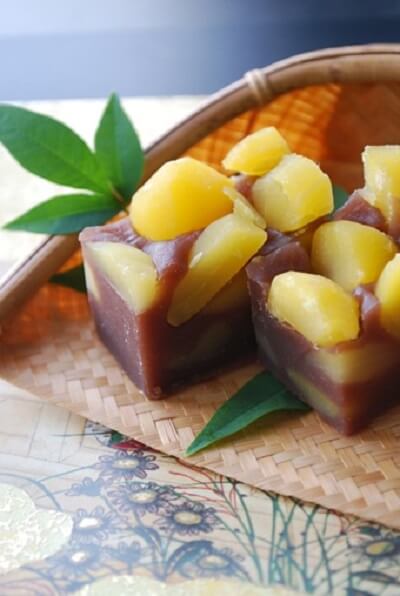
Mushi (蒸し, steamed) Yokan is made differently from others because no Kanten agar is added. Instead, it is mixed with wheat or arrowroot flour and steamed to give it shape.
Mushi Yokan is usually not as smooth looking as the other types.
Quick Note: Agar or agar-agar is vegetable gelatin used to make puddings, jellies, and custards. It is used by vegetarians because gelatin is non-vegetarian.
Lately, people have been getting experimental with Yokan flavors. It can be made using strawberry, plum, sweet potato and even honey. When eating Yokan, it's easy to want to dive into that jiggly chewiness, however, it shouldn't be rushed, try appreciating the texture, flavor and even the color of the jelly. Take in the wonderful wagashi that the land of the rising sun has to offer.
Where to Get Yokan
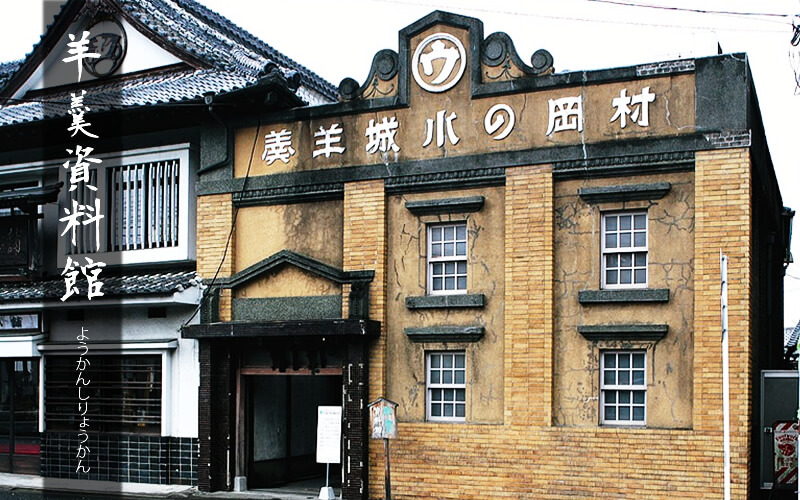
Yokan is readily available in wagashi shops and grocery stores in Japan. Commercialized versions are also pretty popular and you can get Yokan from our all-time special Zenpop Japanese snacks pack. But why wait to get Yokan when you can do it yourself! That's right, it's easy to make Yokan at home and the ingredients are common.
How to Make Yokan?
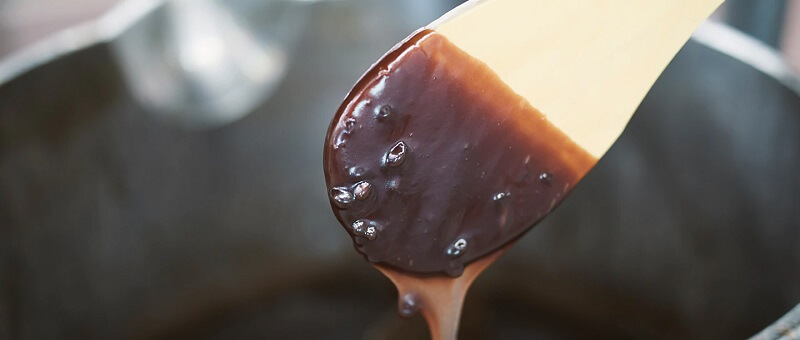
You need just 4 ingredients to get started
- 2 tablespoons of Kanten agar powder
- Red bean paste
- Water
- Sugar
Here is how to do it:
- When you have all these ingredients ready, the first thing you should do is add the agar powder to 1½ cup of water and let it boil. Set it on low heat and stir using a whisk until it has completely dissolved.
- Some red bean paste has a considerable amount of sugar already but if you want a really sweet Yokan, you can add sugar to the mixture and let it dissolve too. This whole process should take about 2-5 minutes.
- Next, add the red bean paste and stir with a spatula until there are no lumps. Once this is done, pour the mixture into a rectangular non-stick mold (a special pan called nagashikan is used for this) and let it cool to room temperature.
For Kuri Yokan (chestnut Yokan), you can add boiled chestnuts after pouring half of the mixture, then add the rest.
The last step is to refrigerate the Yokan for 2 hours. When it has solidified, cut it into rectangular block pieces and enjoy.
Watch the process of making Yokan below!
These are the basic steps but you don't have to play it by the book! Get creative, you can add nuts to your Yokan, extra honey or try cool color mixtures. The possibilities are truly endless!
FAQs
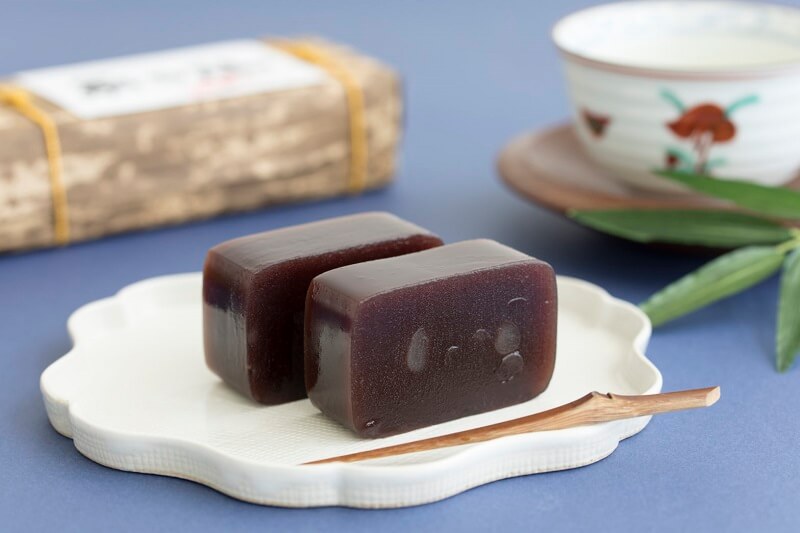
Here are the answers to some of the Internet's burning questions about Yokan.
Does Yokan need to be refrigerated?
As far as the shelf life of Yokan goes, it does not need refrigeration to be preserved. A popular brand of Yokan - TORAYA YOKAN has a shelf life of 1 year. Homemade Yokan should be placed inside a Ziploc bag or airtight container for storage.
What does Yokan taste like?
Yokan obviously has the jelly sweet gooey taste with a mix of red bean paste. You'll have to try it out yourself to confirm.
How to eat Yokan properly?
Yokan is to be cut into bite-size pieces using kuromoji (small kind of toothpick used to eat small side dishes and sweets). Stab the cut yokan with the kuromoji and enjoy it. Do not eat it with your hands!
Now that you know all about Yokan, check out our ZenPop snack box to order the best flavors today. There are many more Japanese sweets and treats to discover, so we'll continue to introduce you and deliver you the best Japan hast to offer every month!


